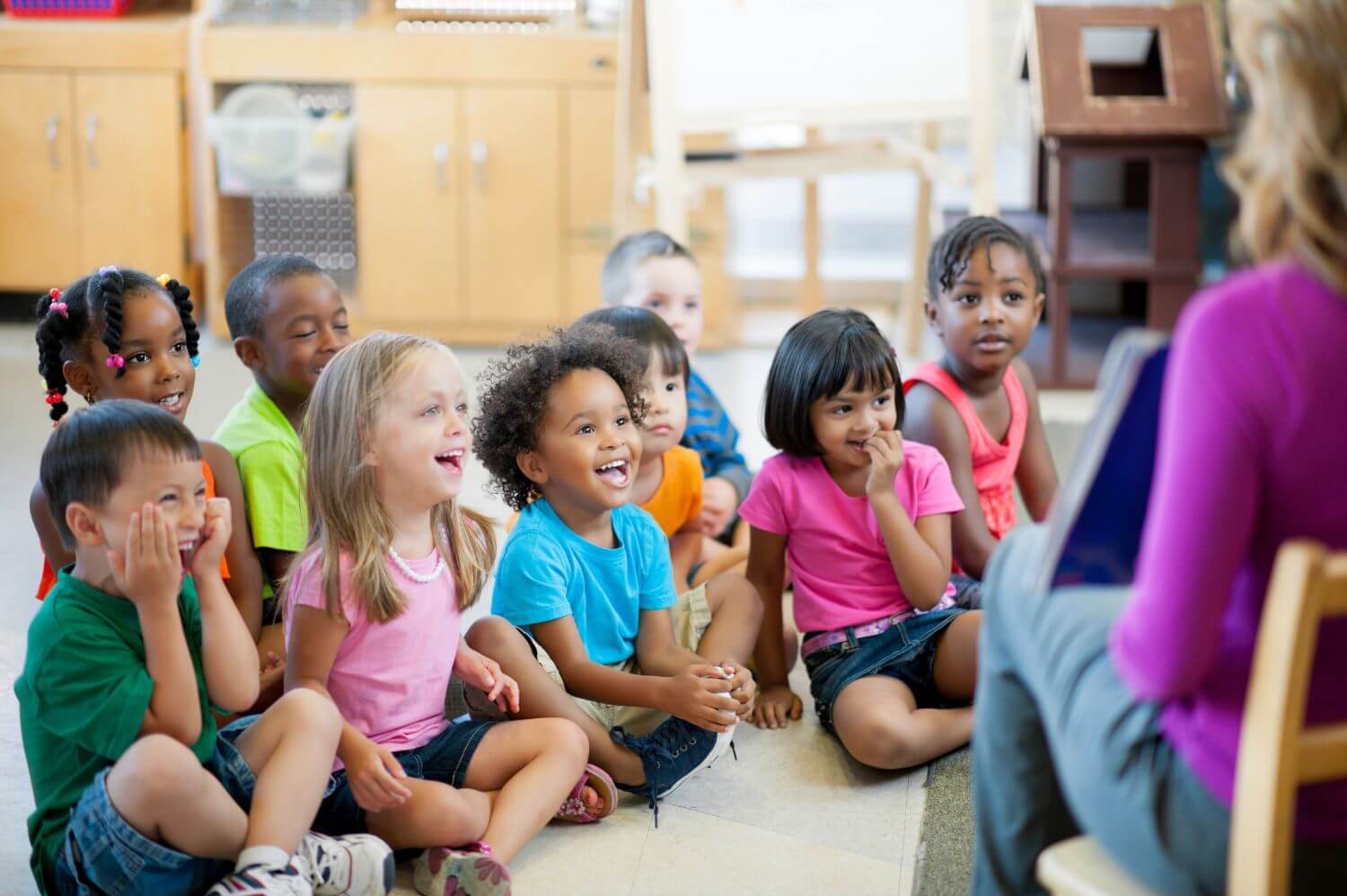
Transitioning is a fundamental aspect of early education, marking crucial milestones in a child’s development. Our role as educators and parents is to ensure that these transitions become seamless and positive experiences. From the first steps into preschool to the shifts between activities, join us as we delve into valuable strategies designed to ease the journey through transitions in early education.
Understanding the Importance of Smooth Transitions
Smooth transitions are vital in early education – but why are they so important?
Consistent and well-managed transitions contribute to a child’s sense of security, fostering a positive attitude towards learning and social interactions. By understanding the significance of these moments, we can better appreciate the need for thoughtful planning and execution.
1. Establish a Predictable Routine
A predictable routine is the cornerstone of smooth transitions. Whether it’s the start of the day, moving between activities, or preparing for nap time, having a structured routine provides children with a sense of security. Communicate the schedule clearly, utilising visual aids if necessary, to help children anticipate and prepare for transitions.
2. Use Visual Cues
Visual cues are powerful tools in helping young learners understand and anticipate changes. Incorporate visual schedules, charts, or timers to signal upcoming transitions. These aids not only provide a clear visual representation but also empower children with a sense of control over their environment.
3. Encourage Independence
Fostering independence in children is crucial for successful transitions. Encourage them to take an active role in the transition process, whether it’s packing away toys, putting on jackets, or organising personal belongings. This not only promotes autonomy but also contributes to a smoother flow between activities.
4. Incorporate Transition Activities and Routines
Introduce transition activities and routines that serve as bridges between different phases of the day. These could include short songs before lining up for outdoor play, a brief gathering before moving to the next lesson, engaging stories, or simple group activities that capture children’s attention and guide them seamlessly from one activity to the next. Establishing these routines helps children feel secure and understand what to expect during transitions.
5. Provide Clear and Positive Communication
Clear communication is key during transitions. Use positive language, offer clear instructions, and provide gentle reminders about upcoming changes. Affirming statements and praise for cooperative behaviour create a positive association with transitions, making them more enjoyable for children.
6. Foster Peer Support
Encourage peer support during transitions. Pairing children or assigning buddies can help them navigate transitions together. This not only promotes a sense of camaraderie but also provides a supportive environment where children learn from and assist each other.
7. Stay Flexible and Responsive
Flexibility is essential when dealing with young children. Be responsive to their needs and emotions during transitions. If a child requires additional support or more time to adjust, be flexible in adapting to their individual pace, ensuring a positive experience for everyone.
Navigating transitions in early education requires a delicate blend of structure, communication, and flexibility. At Ignite ELC, we believe that by incorporating these practical tips, parents and educators can create an environment where transitions become seamless, positive experiences for young learners. Remember, each transition is an opportunity for growth and development, laying the foundation for a lifelong love of learning. Embrace these moments with intention and watch as your child’s journey becomes not only educational but also filled with joy and a sense of accomplishment. Get in touch with us to see how to navigate this challenging time.
Here’s what parents and
carers are saying
carers are saying
My children have been attending Ignite since the centre was opened. The educators and management have been very caring and involved in their job. The owner and the director are amazing and attend very promptly my all requests. The educators are very lovely and caring. I strongly recommend this childcare.
I would highly recommend families to enrol their children in this beautiful service. Ignite Early Learning Centre has a very warm and inviting environment for all families and children; the learning rooms are all filled with great resources and programs designed for the children’s developmental needs. I have been in the centre because I have friends who work there and I am very impressed with the pleasing and friendly educators working with the children and the management who are kind, down to earth and willing to help families at all times. It is also amazing to see the children’s daily activities and experiences which will help them grow as confident, responsible and caring children.
We have been going for almost a year now. Much much better than other centres such as the ones next door at bardia. Attitude to customer service, parents requests and concerns are the standouts. Staff are well trained and professional. Thry don’t whinge and have an attitude like many centres. Recommended by a parents who goes there as well. We recommend as well. Centre itself looks great, safe and tidy. The owner is the key. She is active in managing the centre.


